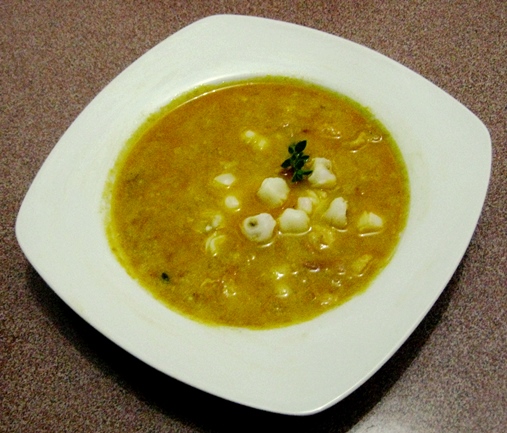Facts About Mote
Mote is a type of corn grain that serves as a staple in many South American kitchens. The preparation of mote involves a process known as nixtamalization, in which the grains are boiled in water made alkaline by adding ashes or lime.
In Argentina, mote is particularly popular in the mountainous northwest and is also found in Cuyo and Patagonia. Here, it is often made into a hearty stew featuring white hominy boiled with jume ash and small pieces of meat.
In Bolivia, mote refers to grain cooked in its husk—typically corn or fava beans. Once the husk is removed, it is called "pelado."
Chileans have their own version of mote, using wheat grains that are boiled and de-husked. These grains are incorporated into dishes such as mote con huesillos, soups, stews, and sauces. In Mapuche cuisine, wheat mote is versatile, being used in doughs, drinks, and various foods. Corn mote, on the other hand, is utilized in both desserts and savory dishes.
In Ecuador, mote primarily consists of boiled and peeled corn kernels, which are a common accompaniment to many popular dishes and soups. Similarly, in Peru and Colombia, mote refers to husked white corn kernels that are boiled with a bit of calcium hydroxide powder.
In Venezuela, the dish "mute" comprises husked white corn kernels boiled with ash or calcium hydroxide, with regional variations in the additional ingredients.

 Colombia
Colombia